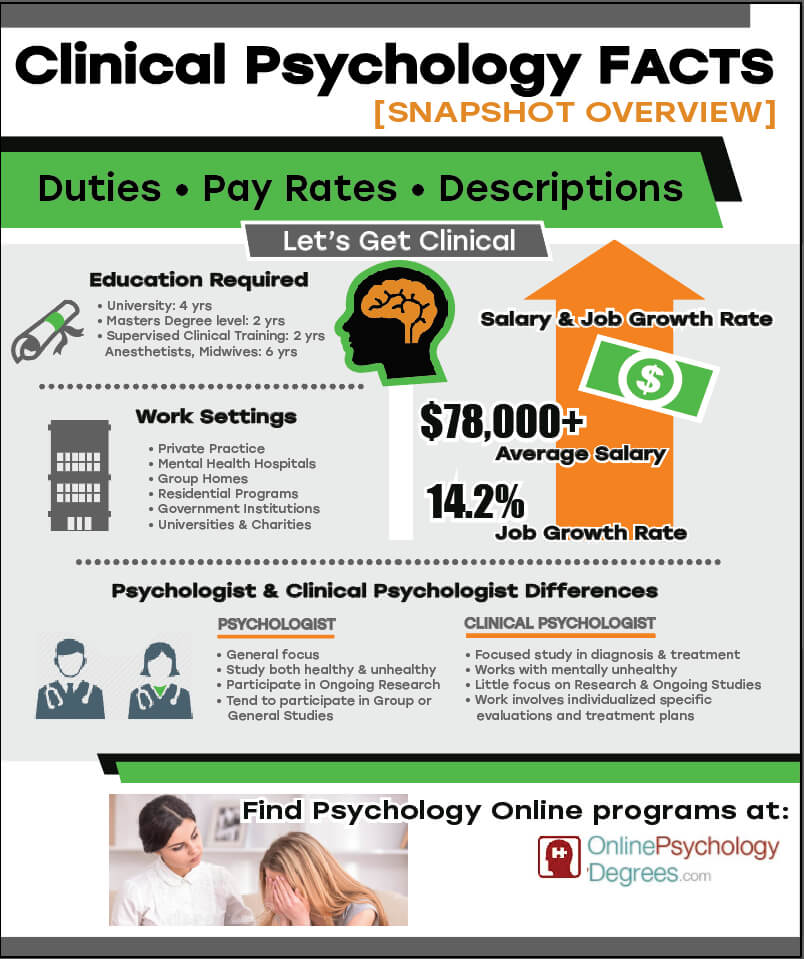Best Therapy For Ocd
Best Therapy For Ocd
Blog Article
What Sorts of Treatment For PTSD Are Available?
Treatment for PTSD assists you find out to manage your signs and reclaim control of your life. It can involve oral drugs or talk therapies. Psychiatric therapy, or talk treatment, is the most typical therapy for PTSD. It can take place individually or in a group setting.
Symptoms of PTSD can range from being easily surprised to preventing activities and people. These symptoms can also affect family members and children.
Cognitive behavioral therapy (CBT).
CBT concentrates on altering adverse patterns of thinking and habits that may be causing PTSD signs. This therapy is usually temporary and client-centered, with the therapist and client creating treatment goals with each other. CBT has been shown to reduce PTSD symptoms in numerous professional tests utilizing clinician-administered and self-report steps of PTSD. These results are mediated largely by adjustments in maladaptive cognitive distortions, with some studies reporting physical, useful neuroimaging, and electroencephalographic adjustments correlating with reaction to CBT.
TF-CBT uses psychoeducation and imaginal direct exposure to show clients how to better manage emotions and deal with their traumas. This treatment has also been shown to boost PTSD signs in children and adolescents.
Eye activity desensitization and reprocessing (EMDR).
EMDR is an evidence-based therapy that functions by assisting people procedure trauma using flexible data processing. It can be utilized by itself or with various other treatments. It has been revealed to be efficient in treating PTSD. EMDR is extensively utilized around the globe.
It begins with history-taking and a joint treatment plan. Throughout this phase, you will certainly talk about the factor you are seeking treatment and recognize traumatic memories you want to focus on. The specialist will likewise educate you techniques to handle any kind of hard or distressing feelings that may develop throughout a session.
During the reprocessing phase, you will recall a traumatic memory while taking notice of a back-and-forth movement or sound (like your supplier's hand moving across your face) up until the unfavorable photos, thoughts, and feelings related to it start to decrease.
Somatic experiencing.
A specialist that specializes in this method will certainly aid you familiarize the physical feelings that accompany your PTSD signs and symptoms. They'll also instruct you just how to recognize your autonomic nervous system and its best inpatient mental health facilities in california function in the injury feedback.
Unlike other injury therapies, somatic experiencing doesn't concentrate on memories or feelings. Instead, therapists function to launch the tension from your body and soothe your signs.
This treatment has been located efficient in a variety of randomized regulated tests. Nevertheless, the results from these researches are restricted by tiny sample dimensions and other technical shortages. These imperfections restrict the external validity of these findings.
Present-centered treatment.
Present-centered treatment (PCT) is a non-trauma concentrated psychiatric therapy that intends to improve patients' relationships, impart hope and optimism, and advertise analytical. While PCT does not have exposure and cognitive restructuring techniques of trauma-focused treatments, it has been shown to be as effective in decreasing PTSD signs as trauma-focused CBTs.
In a series of eleven research studies, PCT was contrasted to a delay checklist or marginal call control problem and to TF-CBT. PCT was superior to the WL/MA conditions in reducing self-reported PTSD symptoms at post-treatment, and it was connected with decreased treatment dropout rates. Nonetheless, the impact size was not large enough to be clinically meaningful.
Meditation.
Reflection aids individuals soothe their nerve systems and method self-care. This therapy focuses on the physical sensation of breathing, and people might obtain sidetracked by thoughts or emotions, but it is essential to return their focus to the breath over and over.
PTSD affects not just those who have actually directly experienced the injury, yet likewise witnesses and those who work with emergency -responders or police. Signs of PTSD can include intrusive, distressing memories, flashbacks or nightmares, and trouble focusing or resting.
Avoiding unpleasant memories and feelings is an usual reaction to trauma, however it only makes symptoms even worse. It is very important to seek treatment prior to PTSD disrupts your life and connections.
Dual diagnosis therapy.
Signs and symptoms of co-occurring PTSD and compound use problem (SUD) are usually connected and both need to be dealt with in recuperation. Individuals who experience PTSD can be more likely to turn to alcohol or medications to self-medicate and temporarily minimize invasive ideas, flashbacks and adverse mood swings.
PTSD symptoms consist of persistent and involuntary traumatic memories or dreams, vivid and dissociative responses that feel like experiencing the occasion, avoiding areas, people, discussions, or items associated with the injury, feelings of hypervigilance and being constantly on guard or easily alarmed, and feelings of emotional feeling numb.
Dual medical diagnosis treatment entails therapy and finding out healthier coping devices. It may additionally include pharmacotherapy, such as antidepressants or state of mind stabilizers.